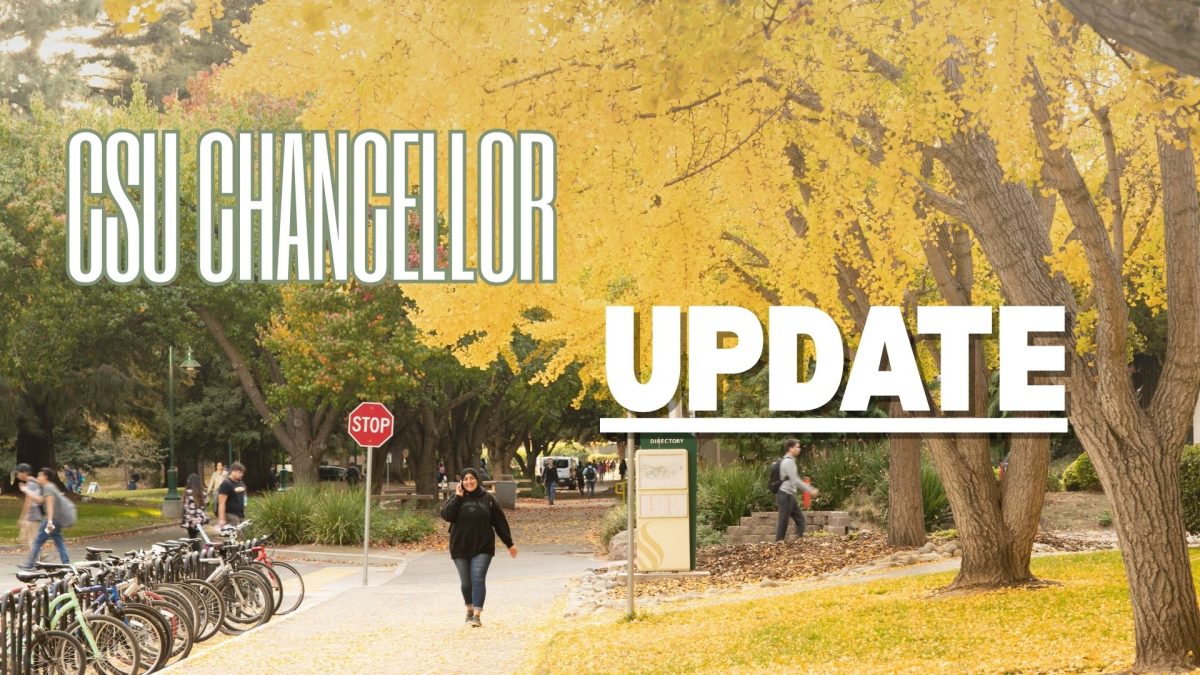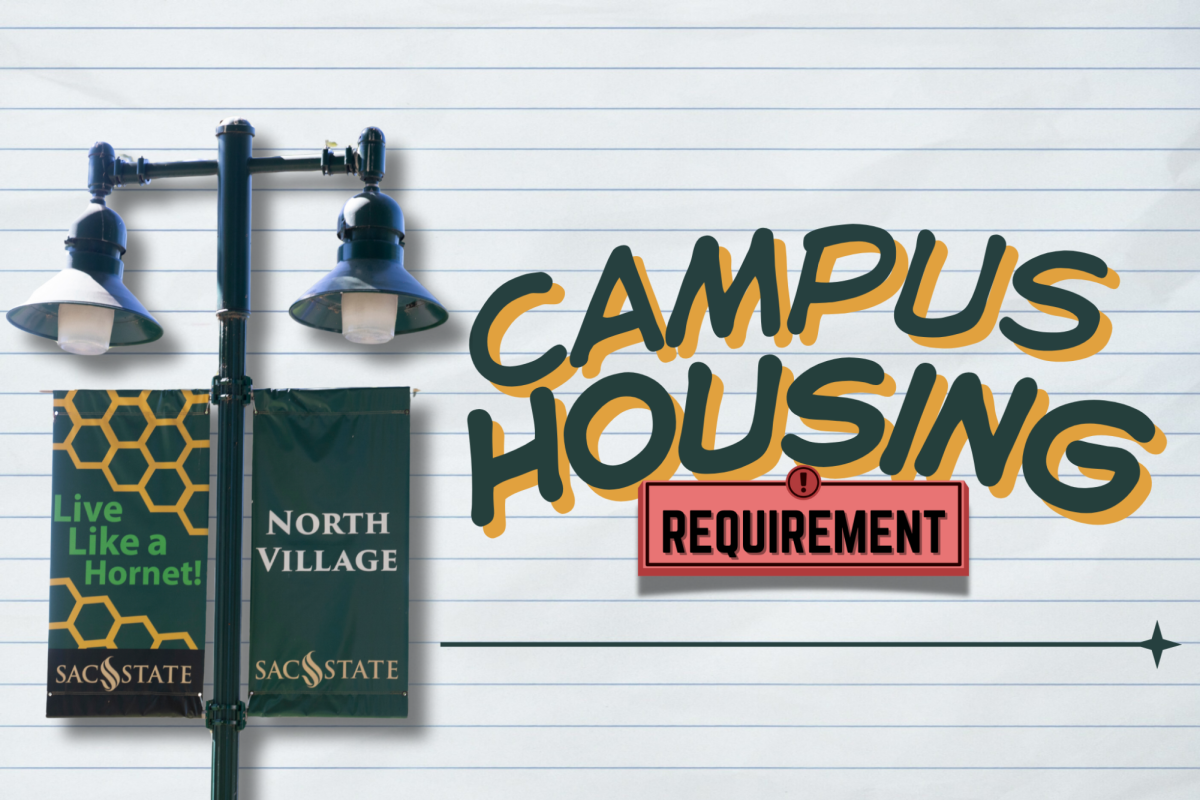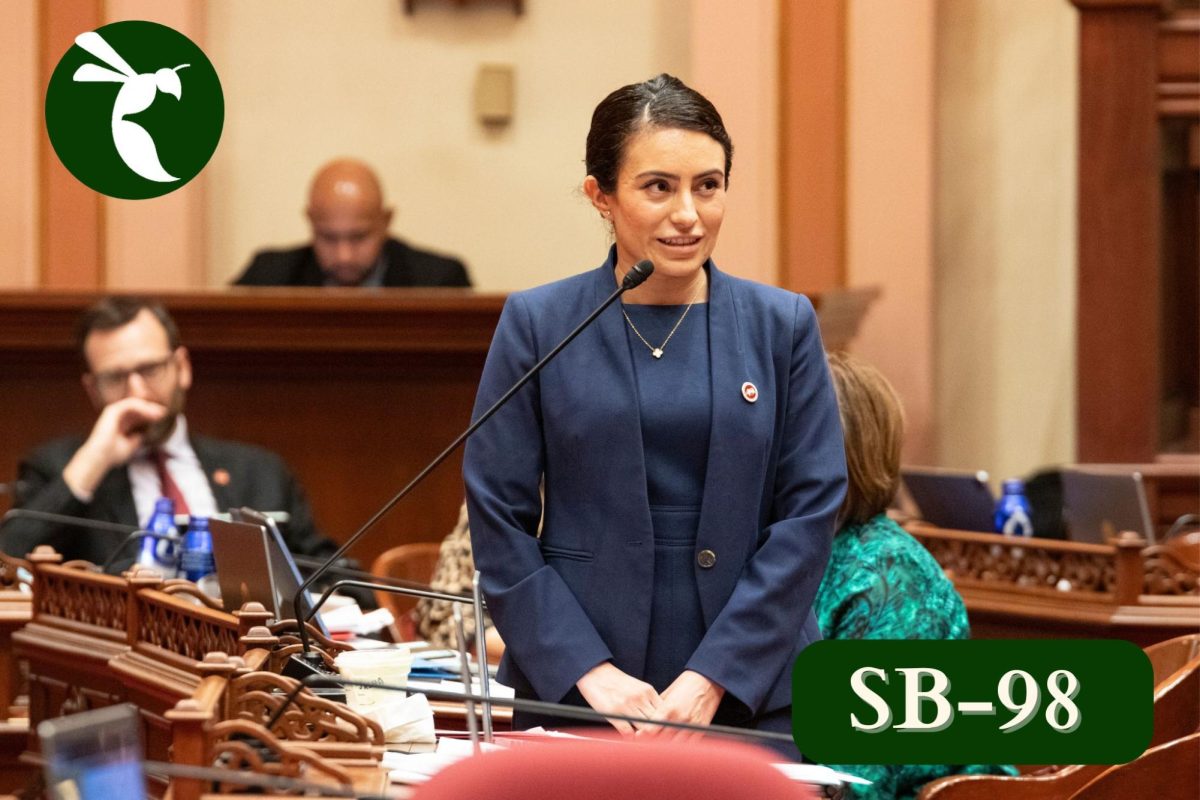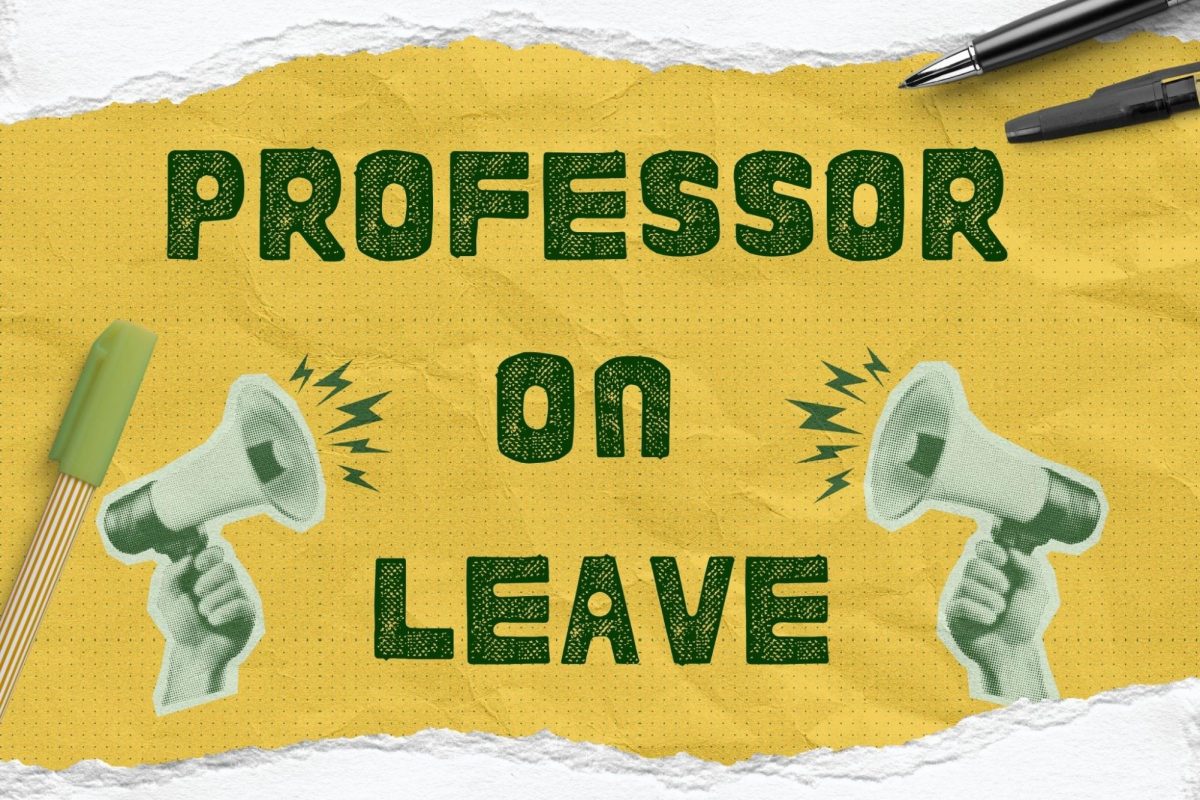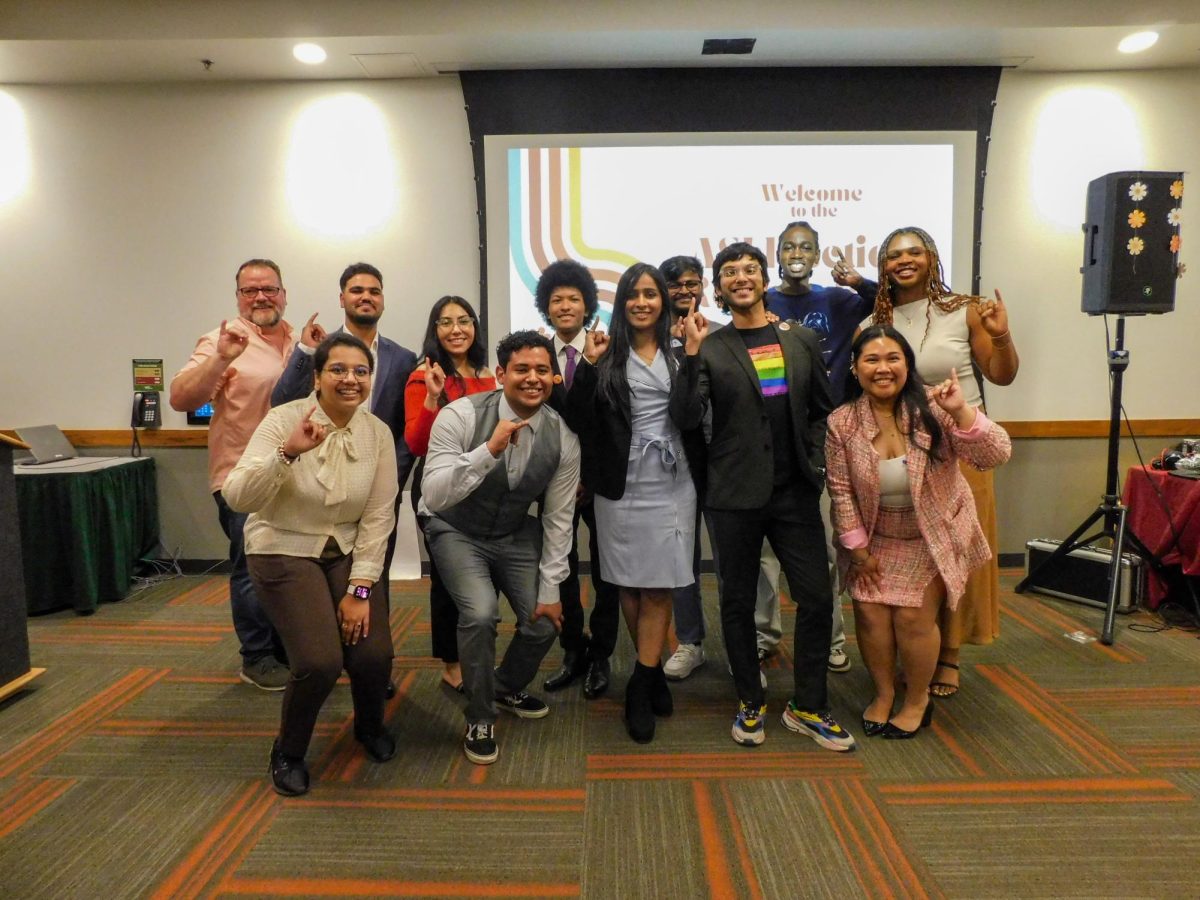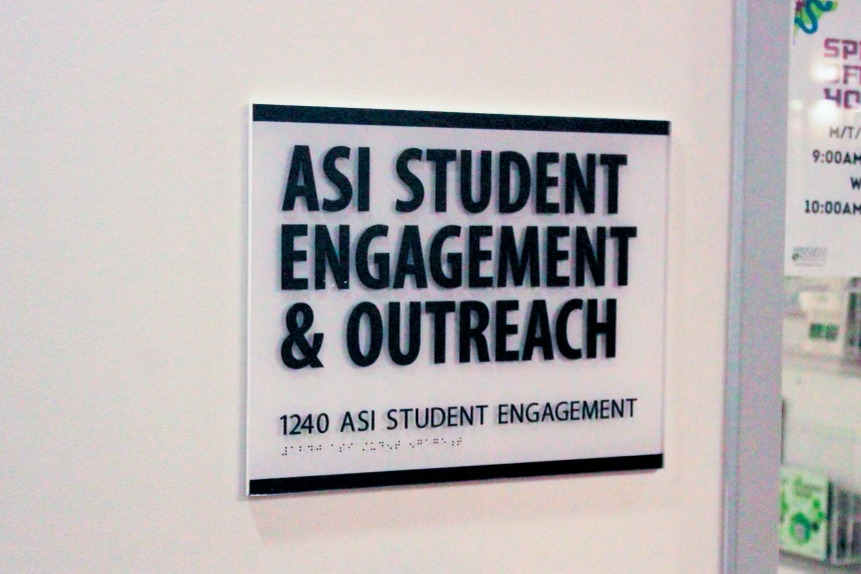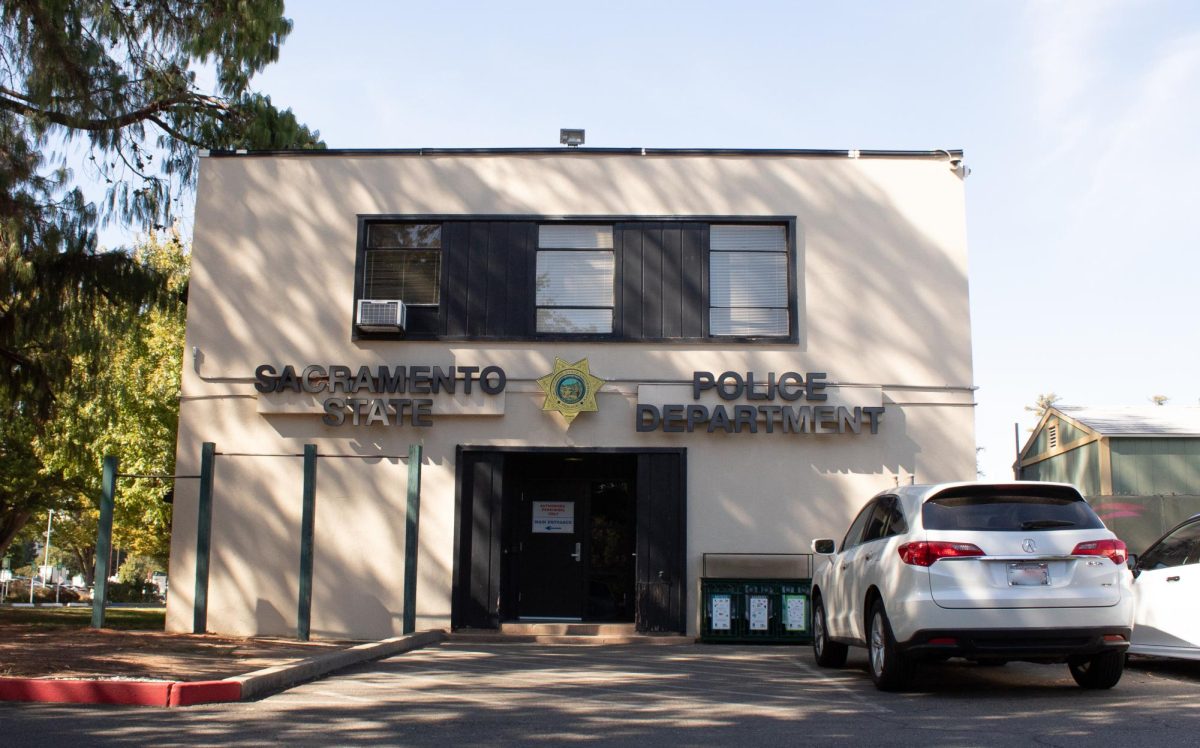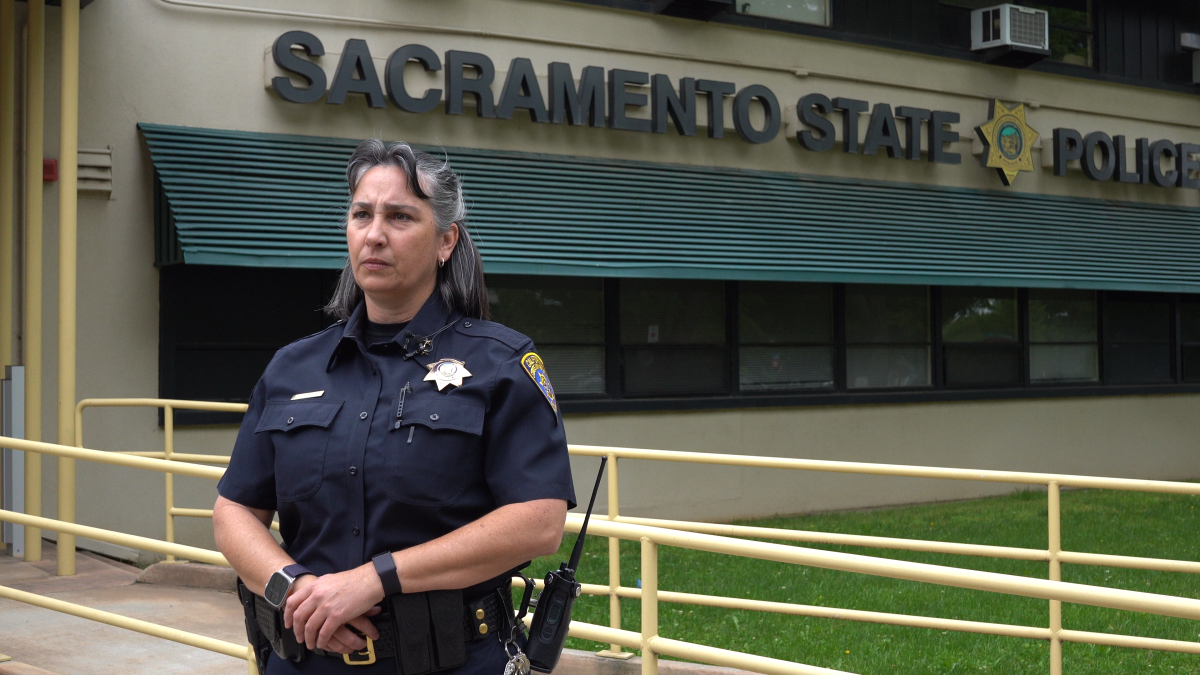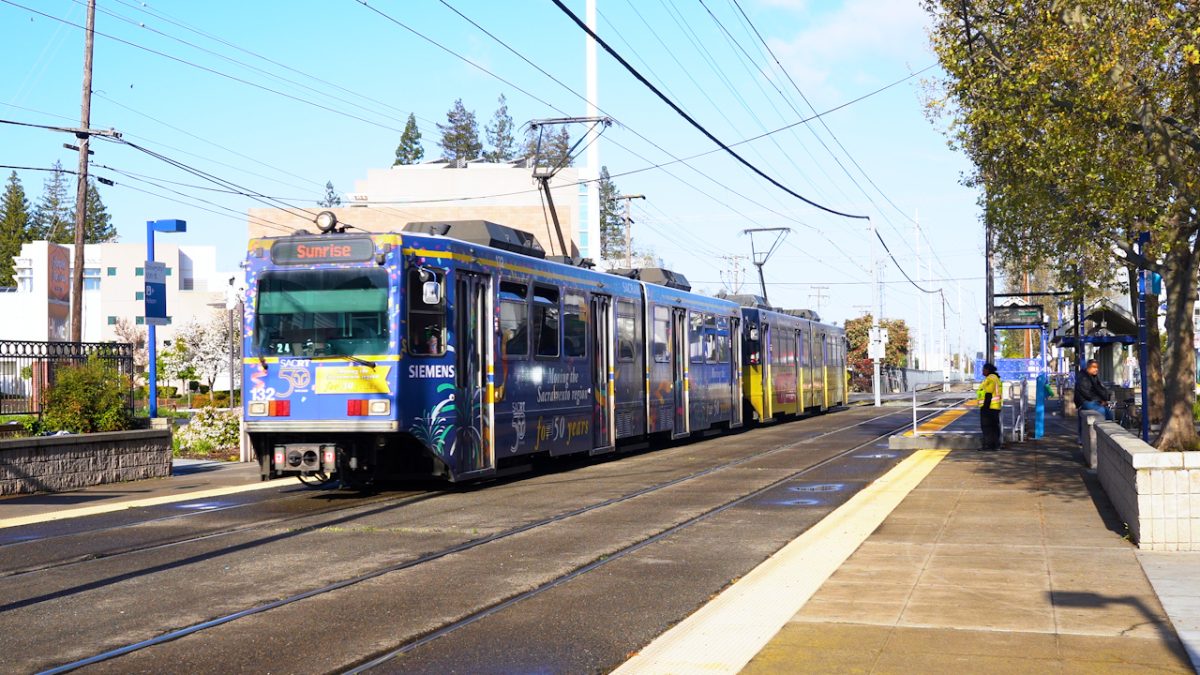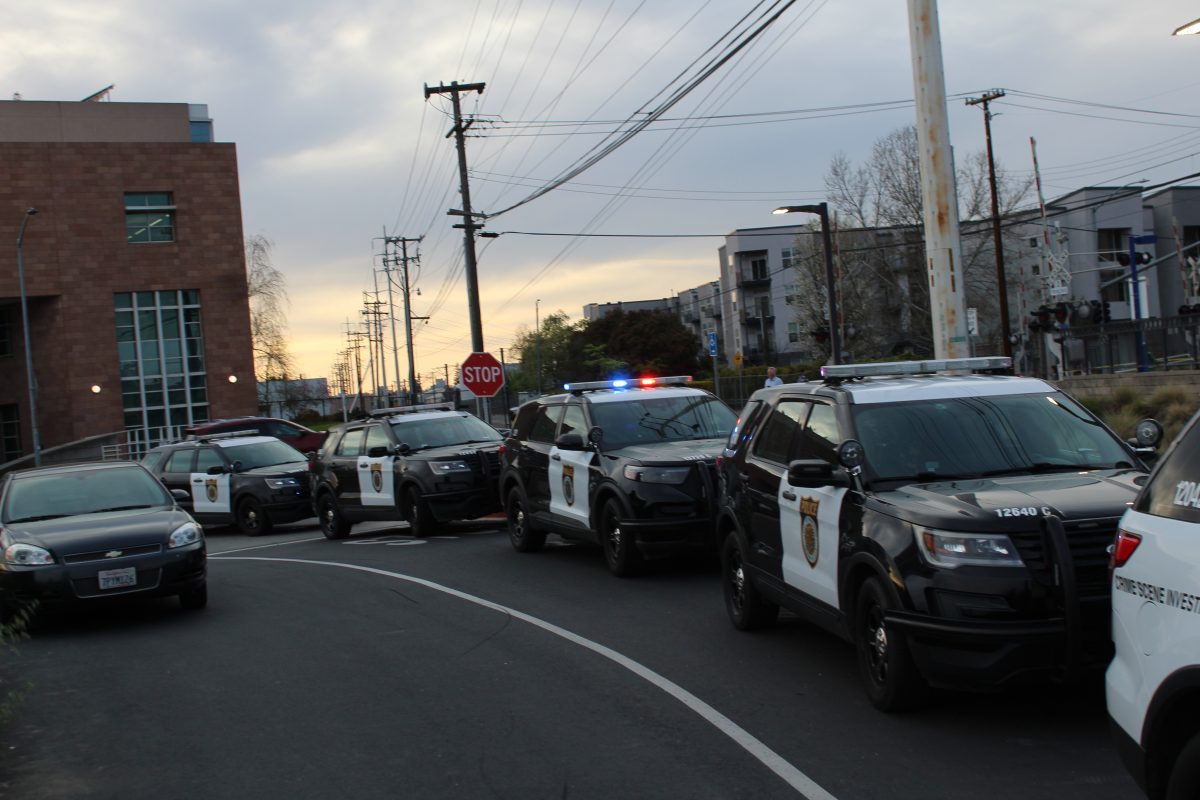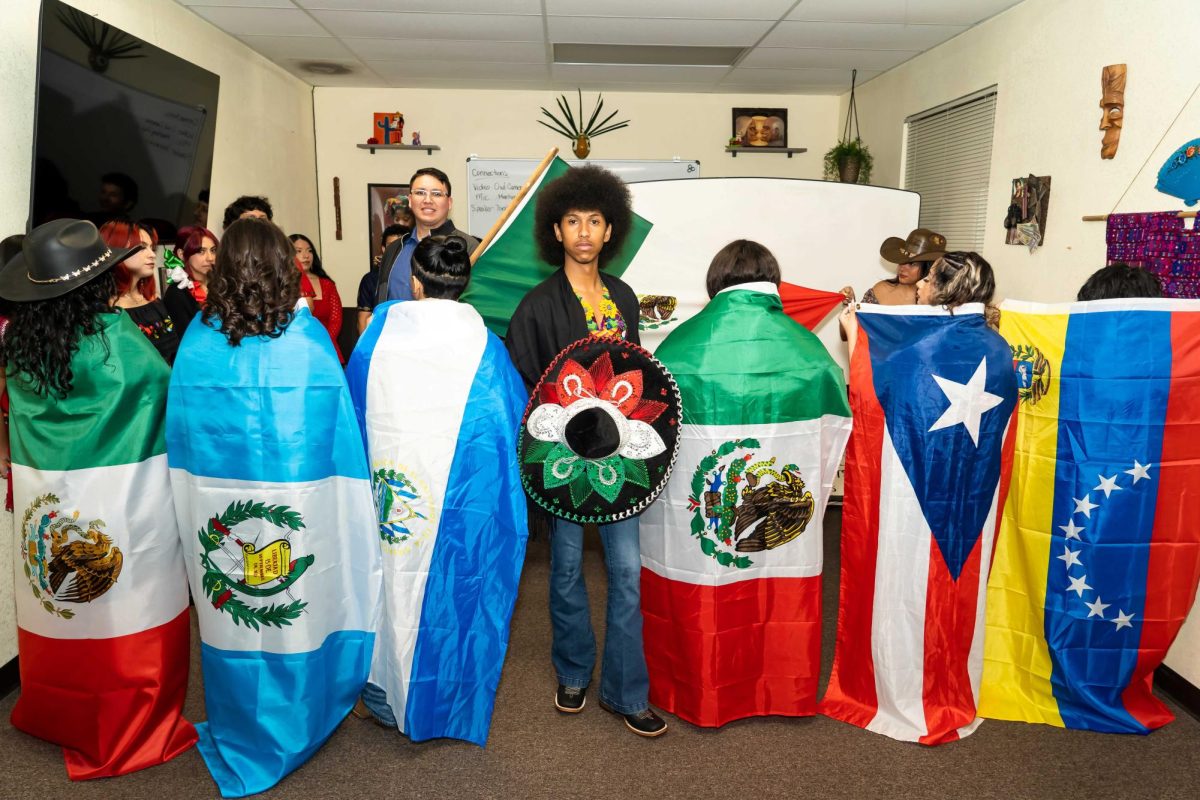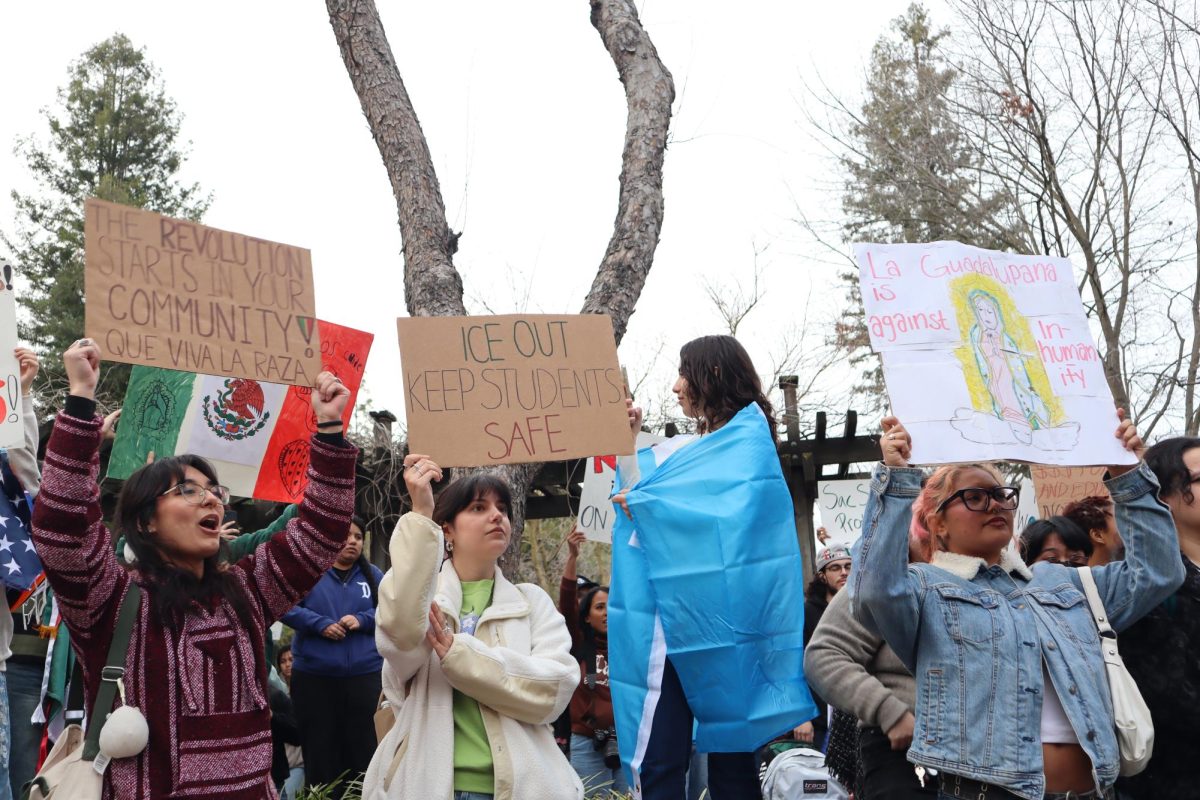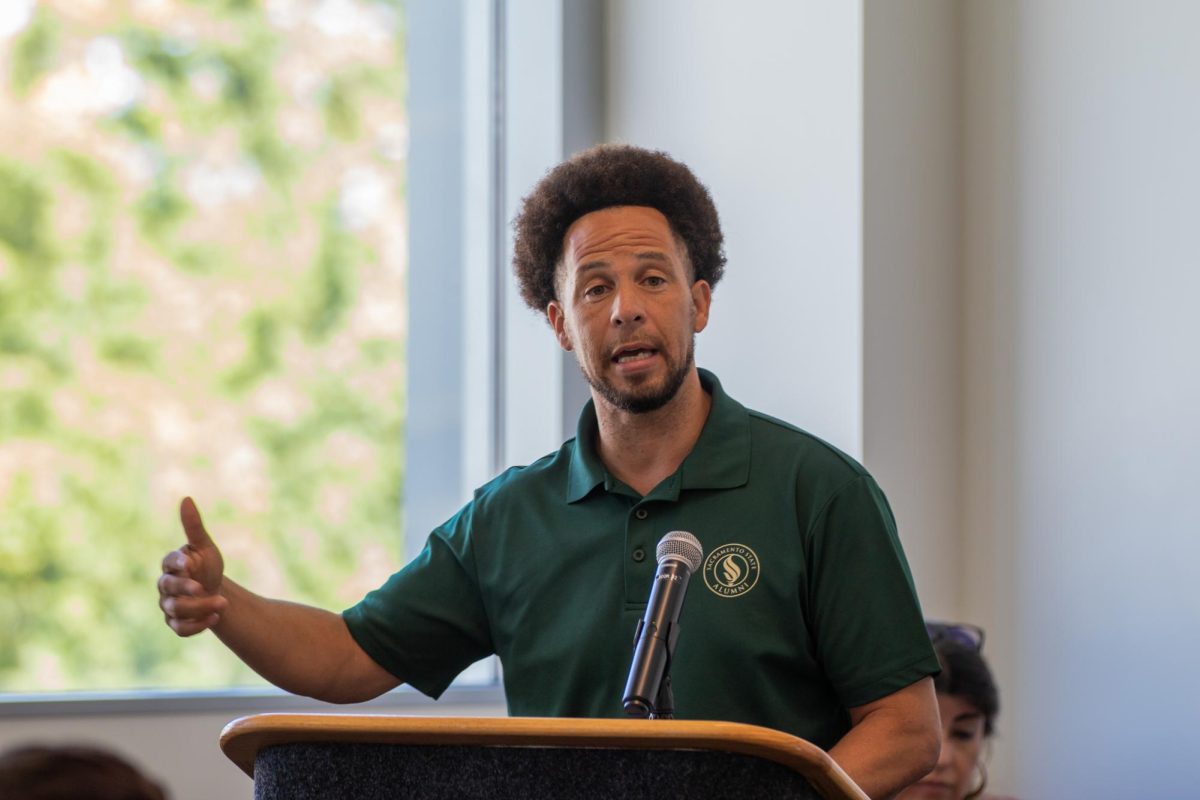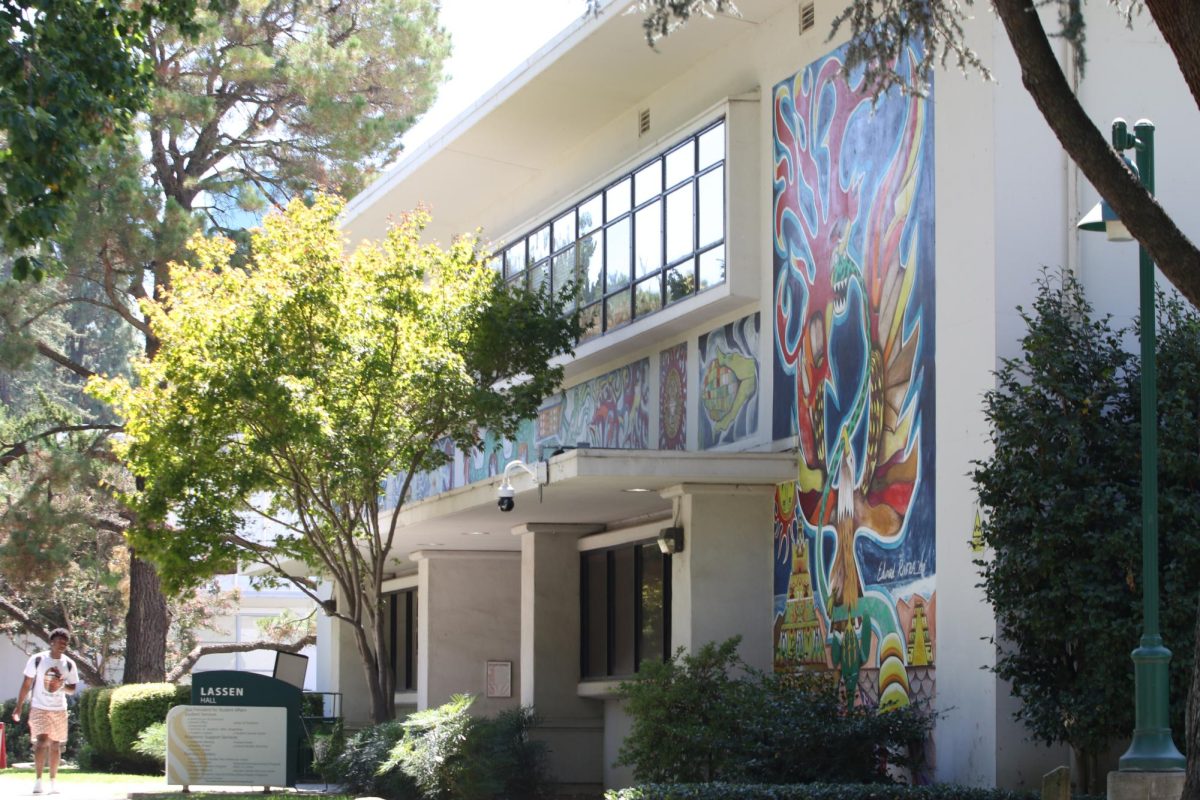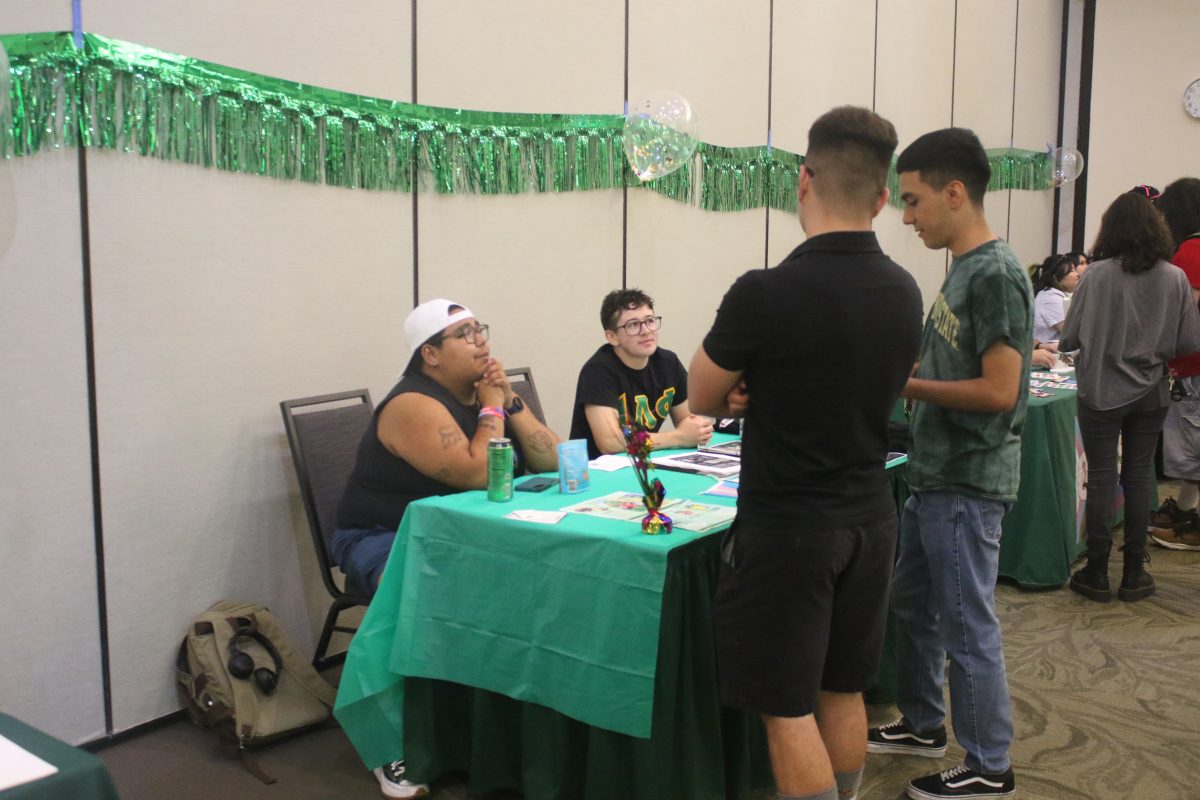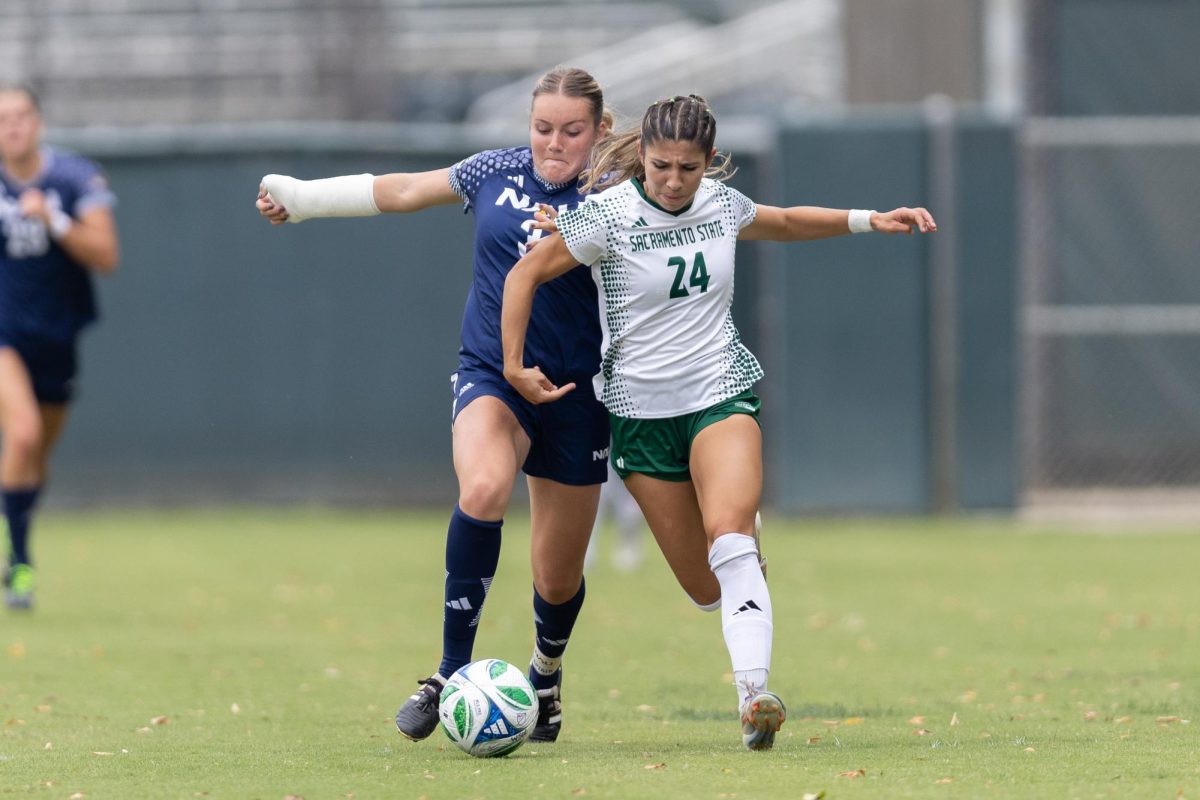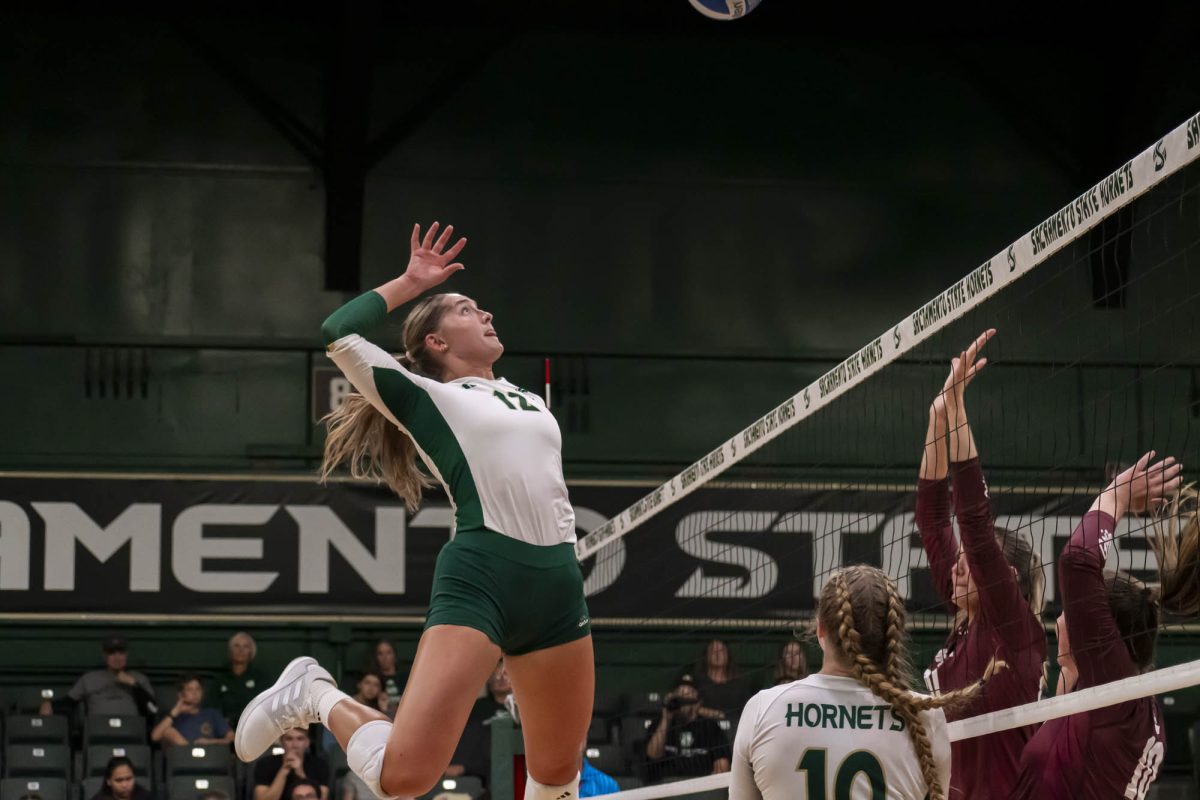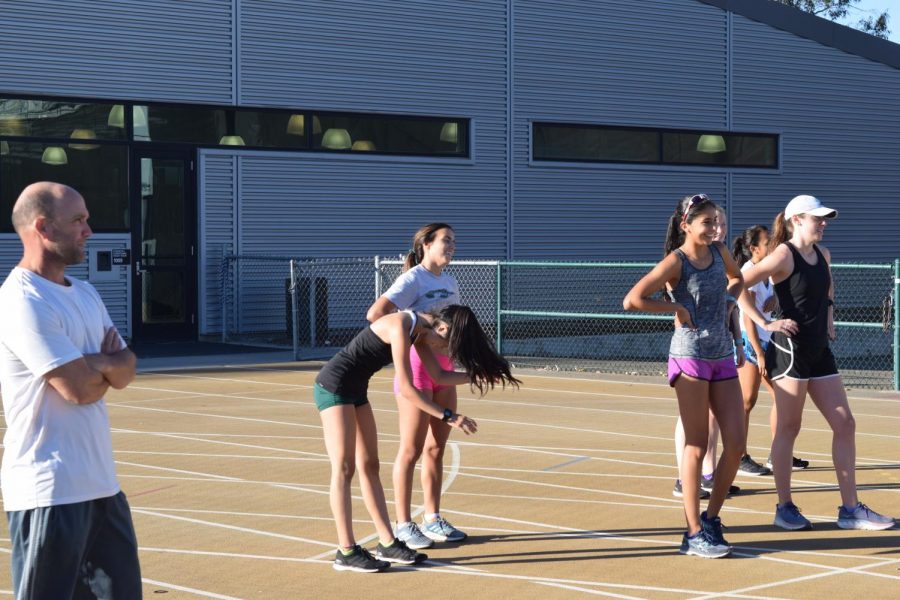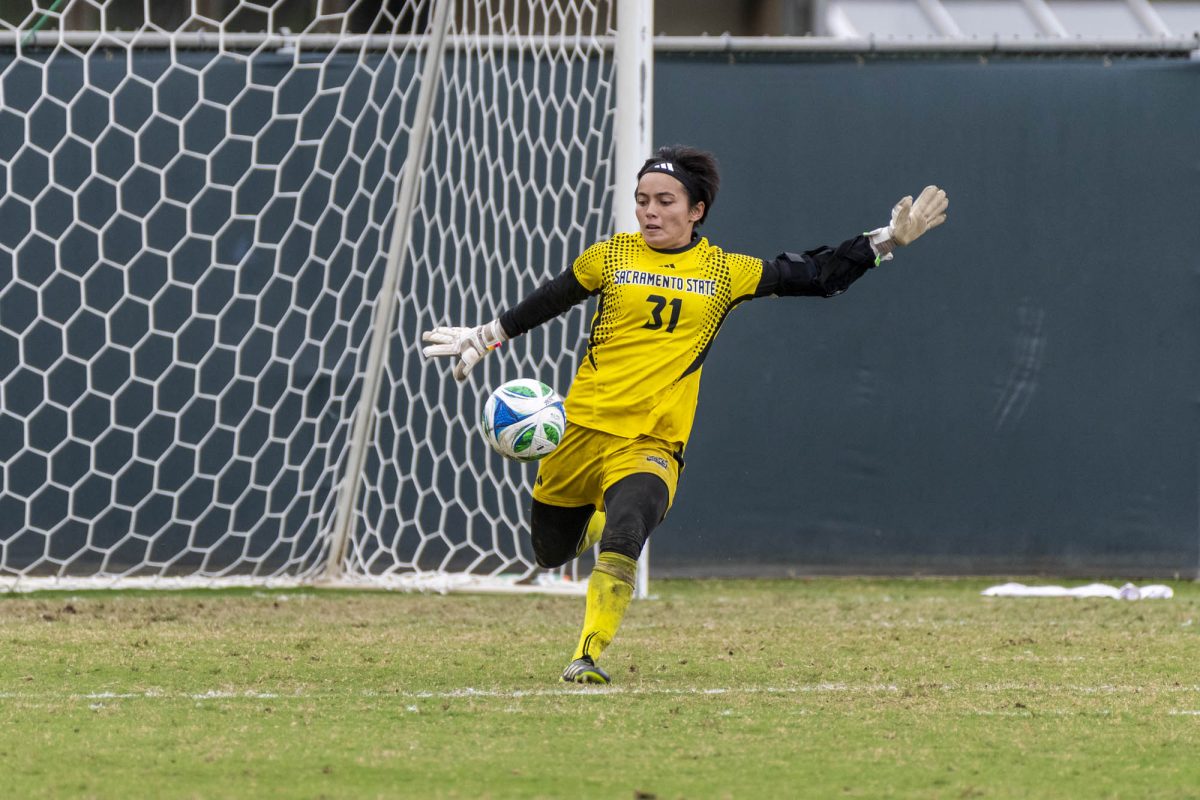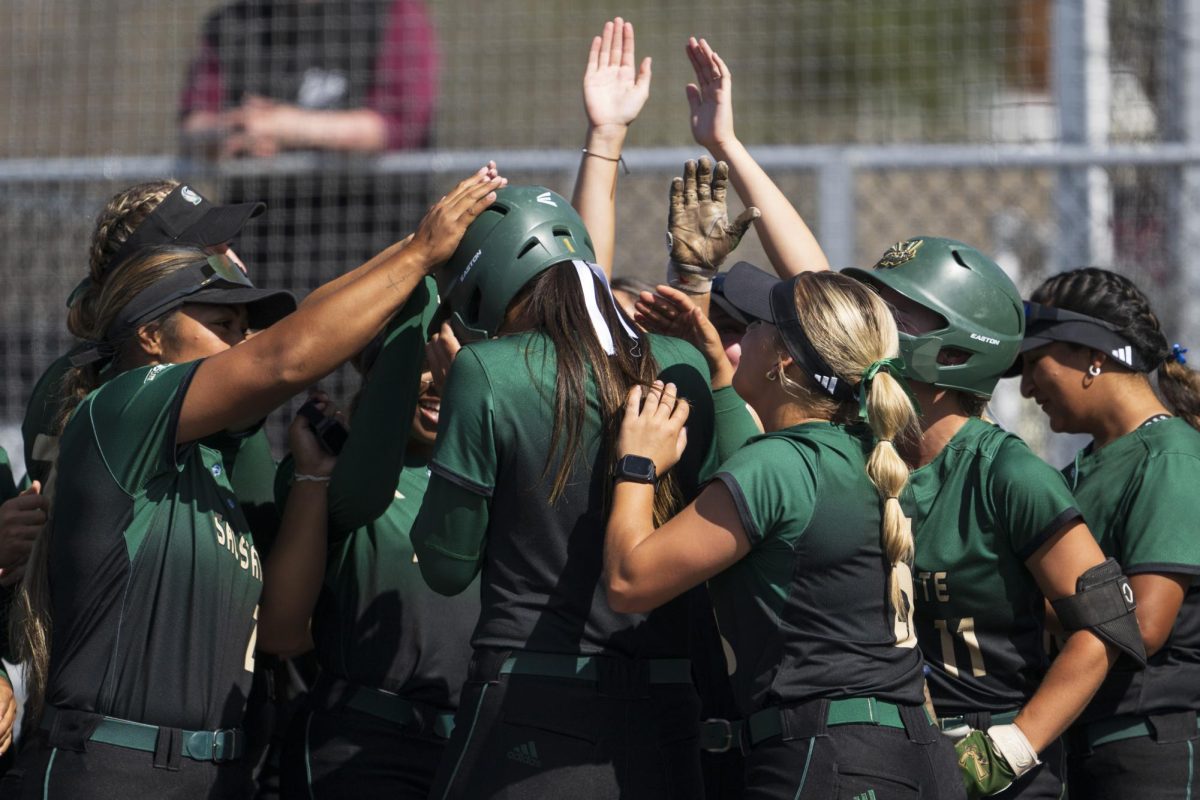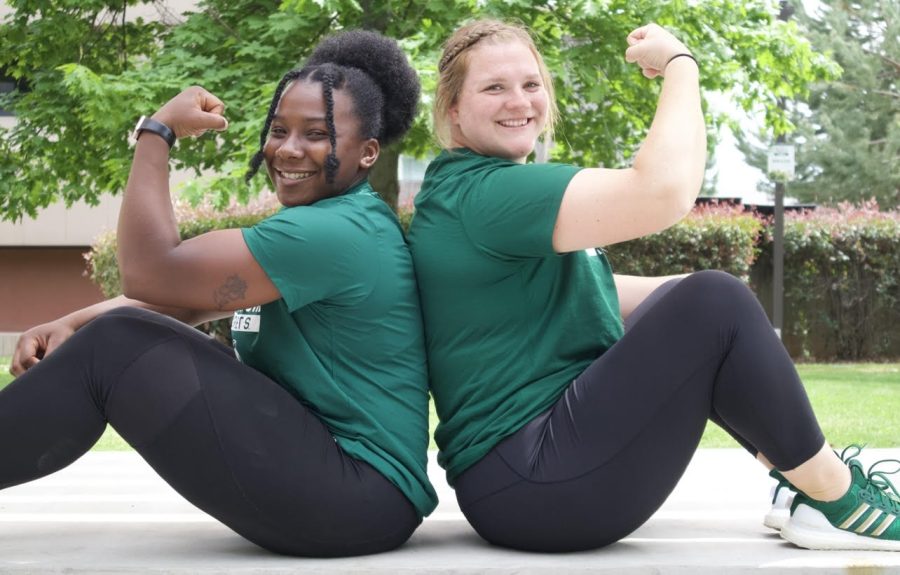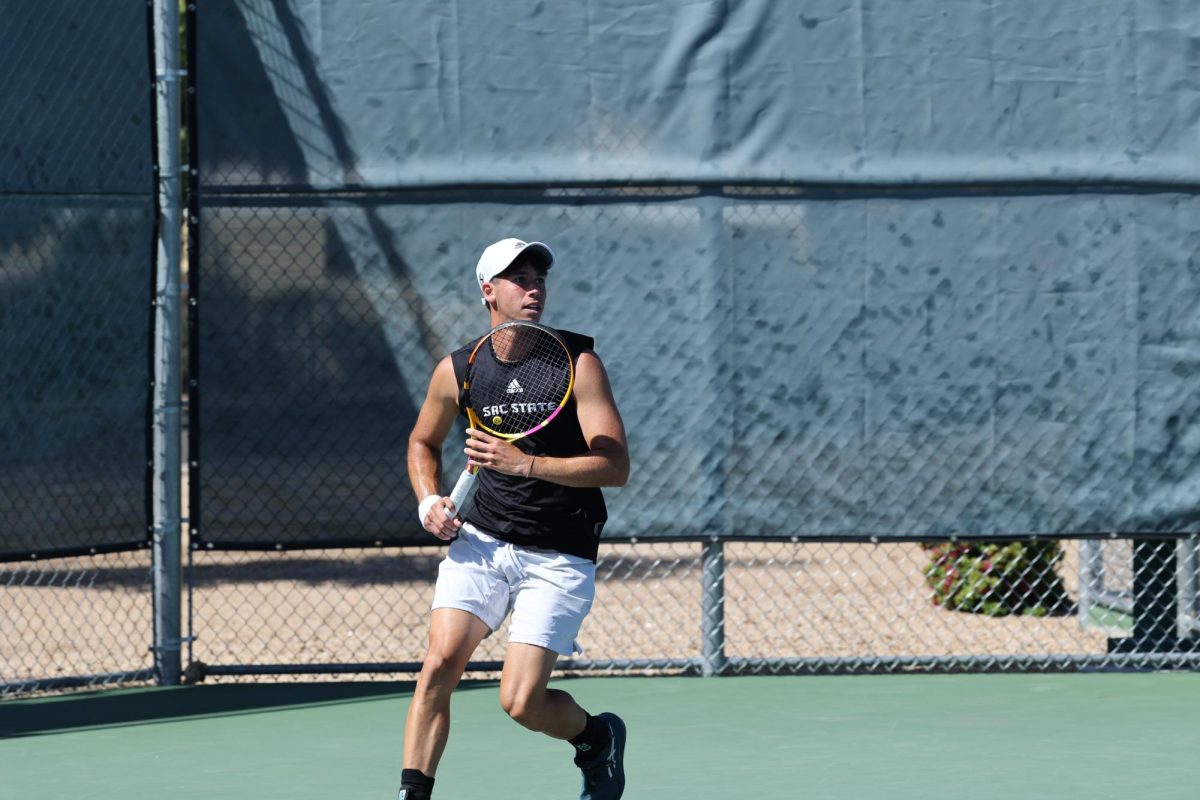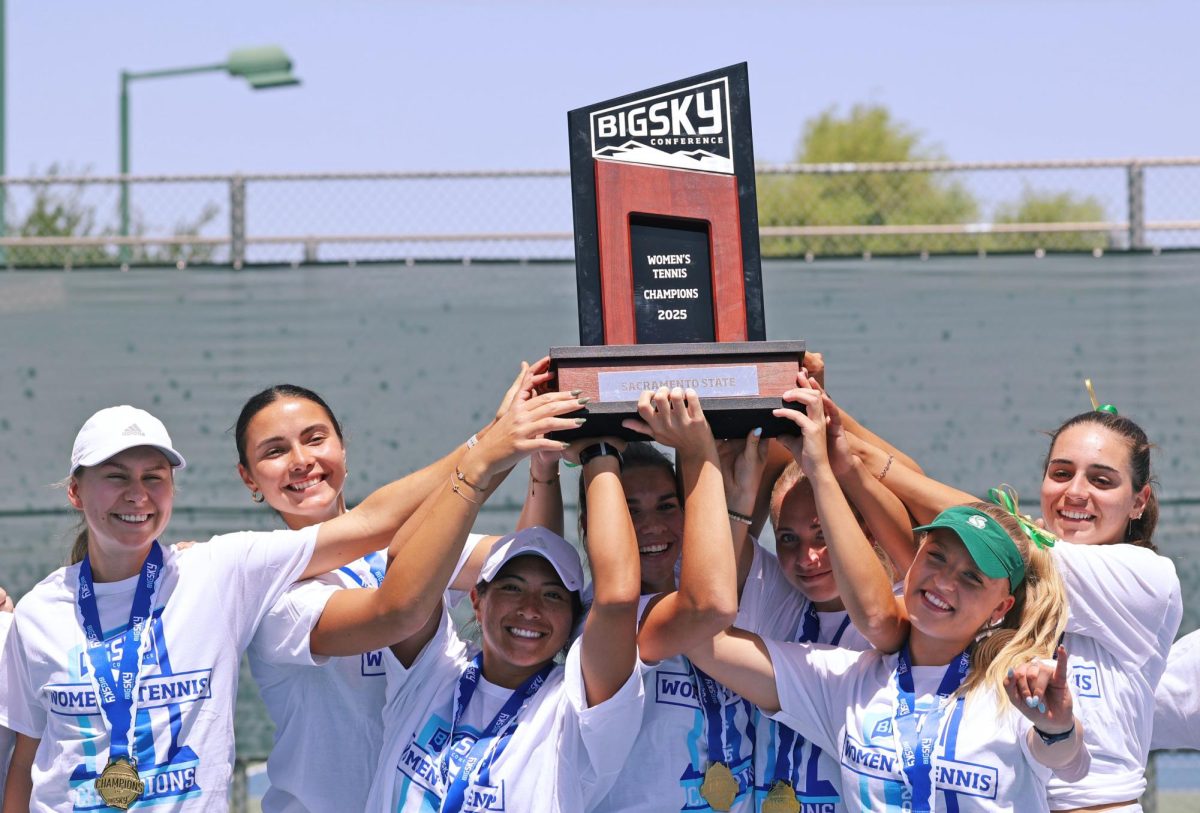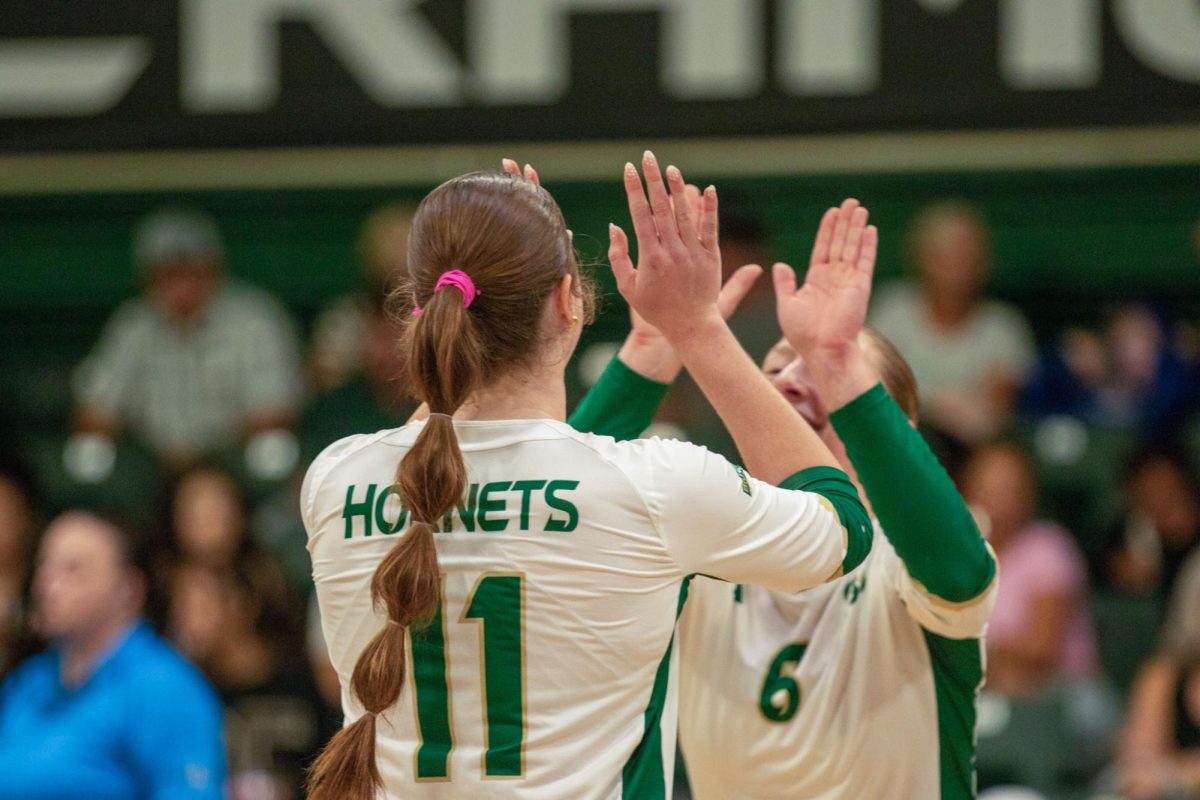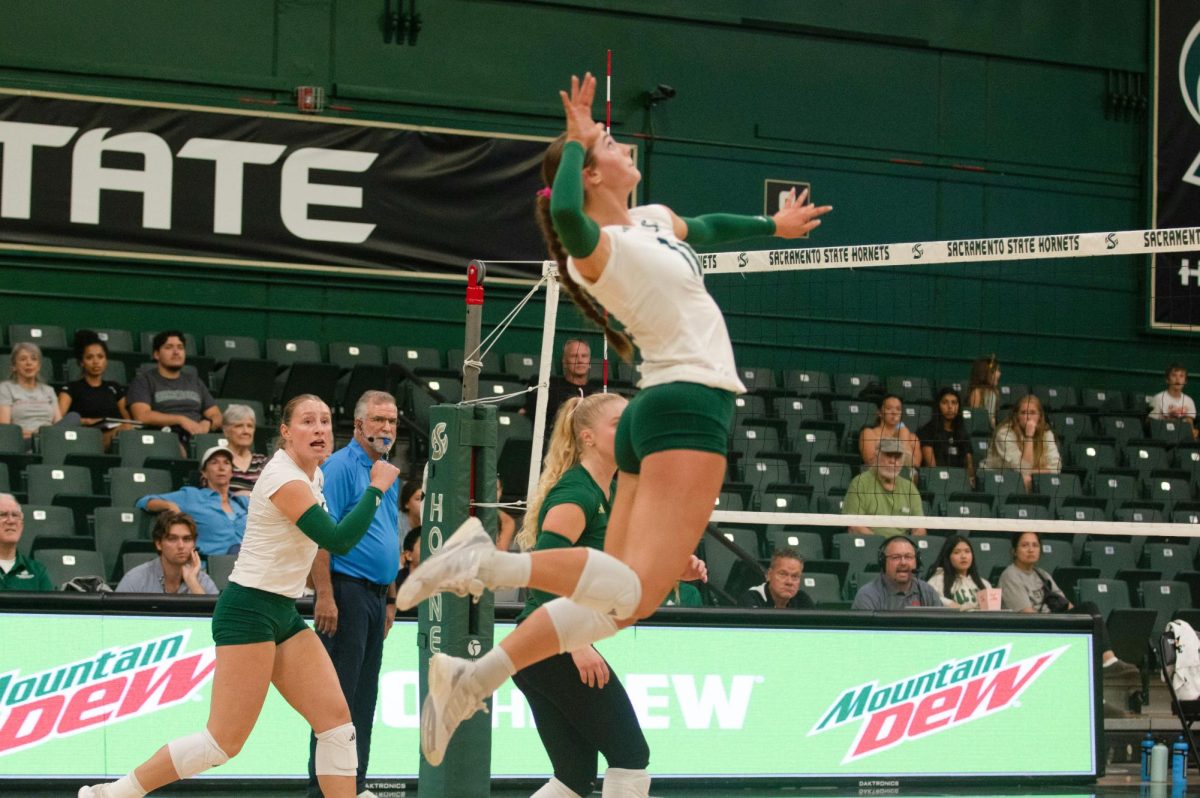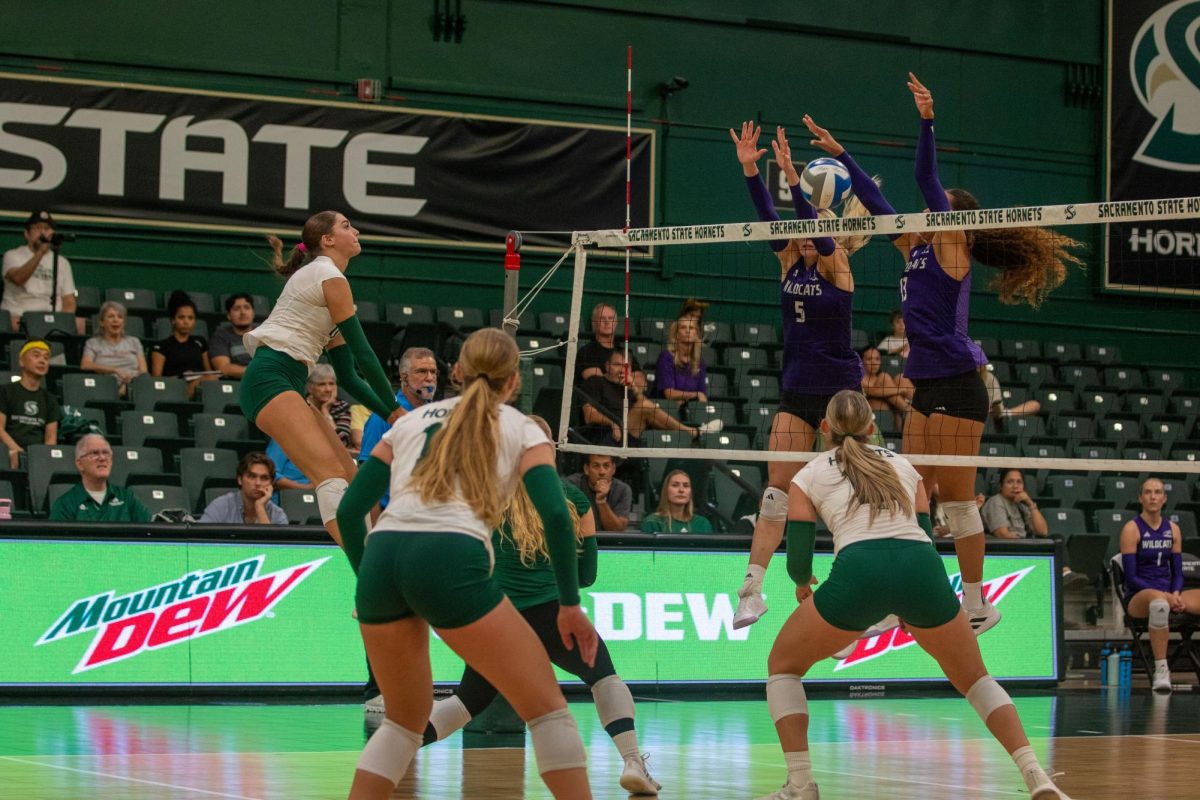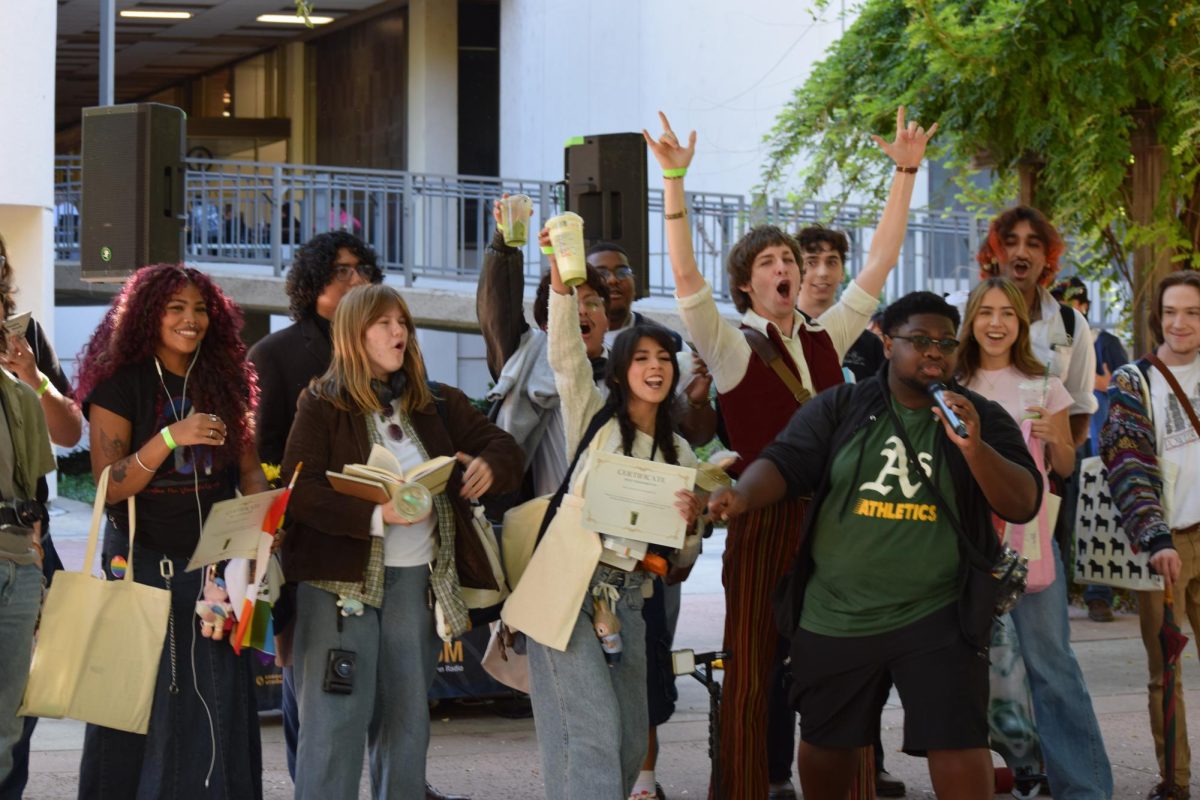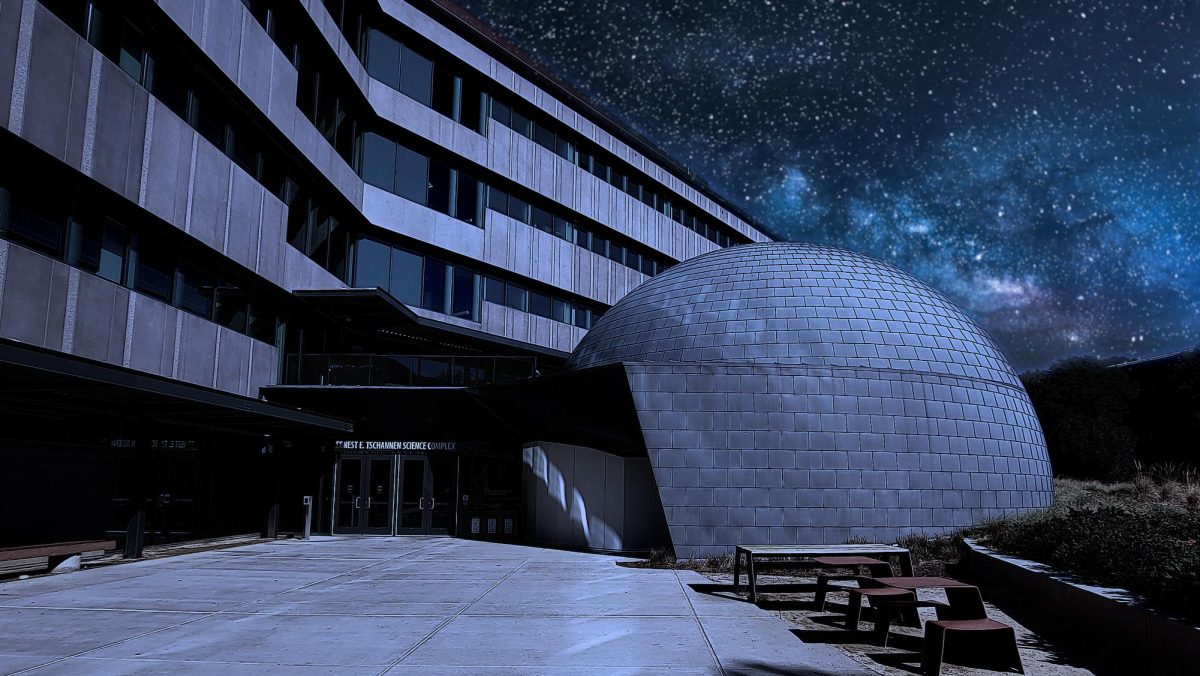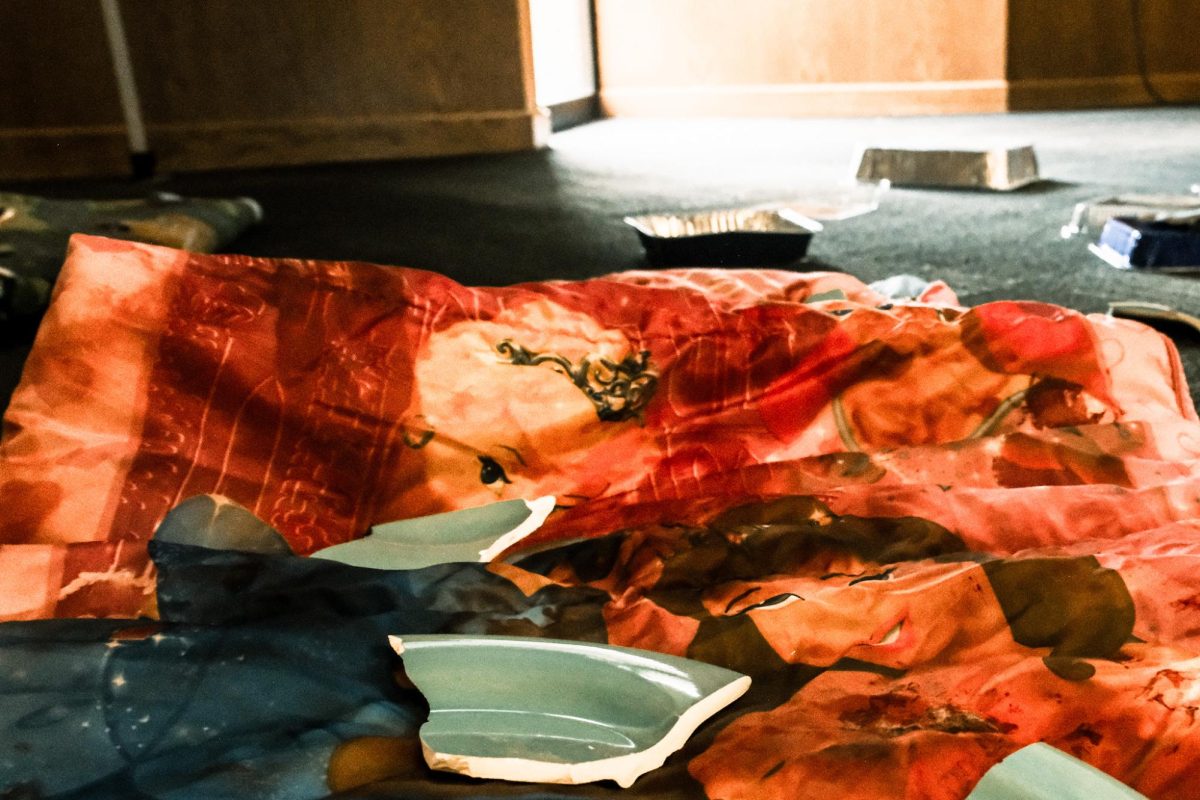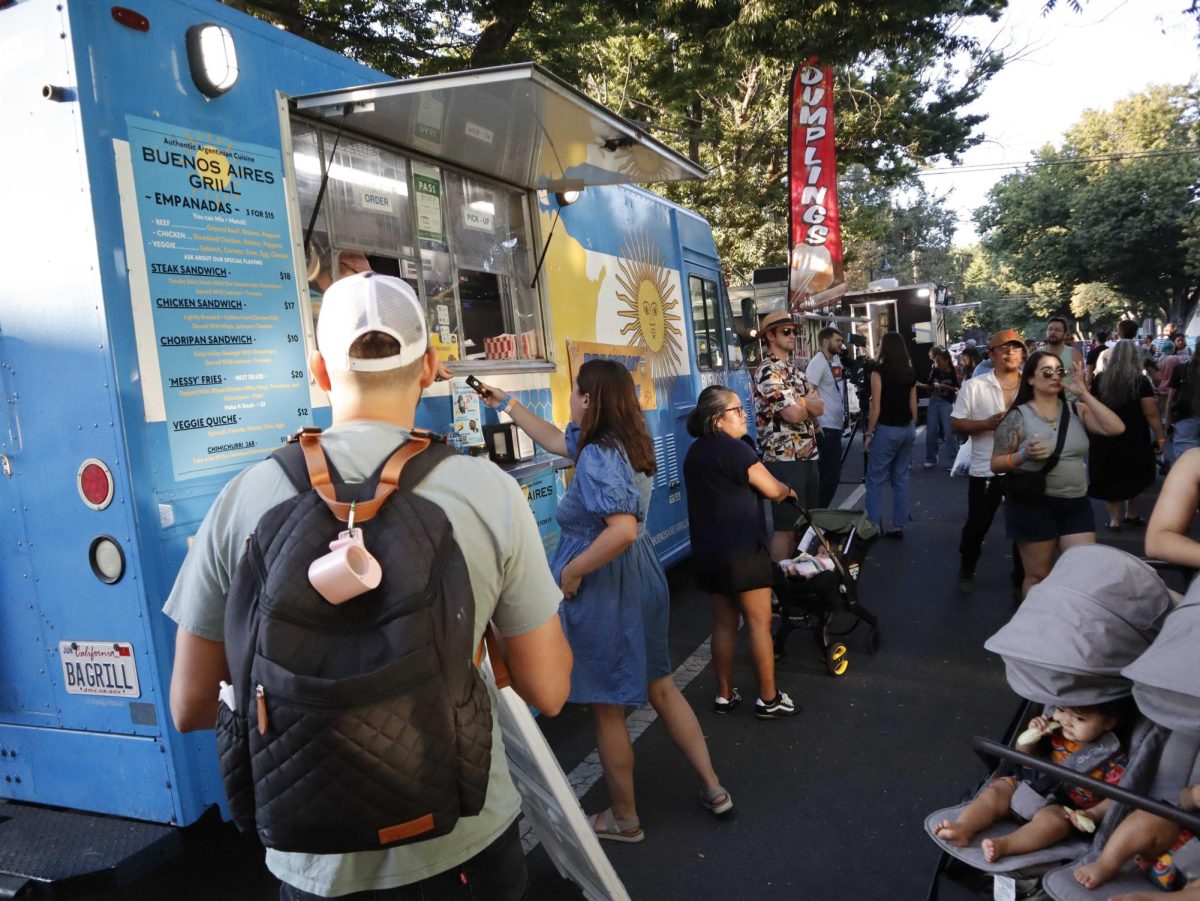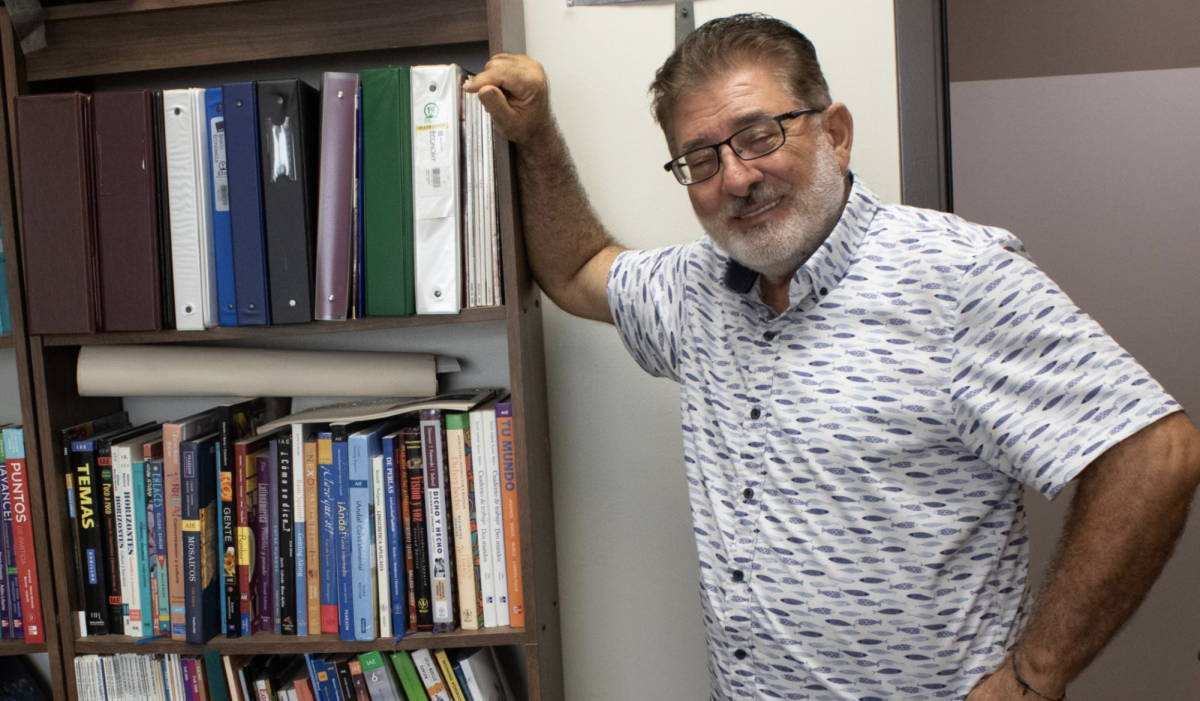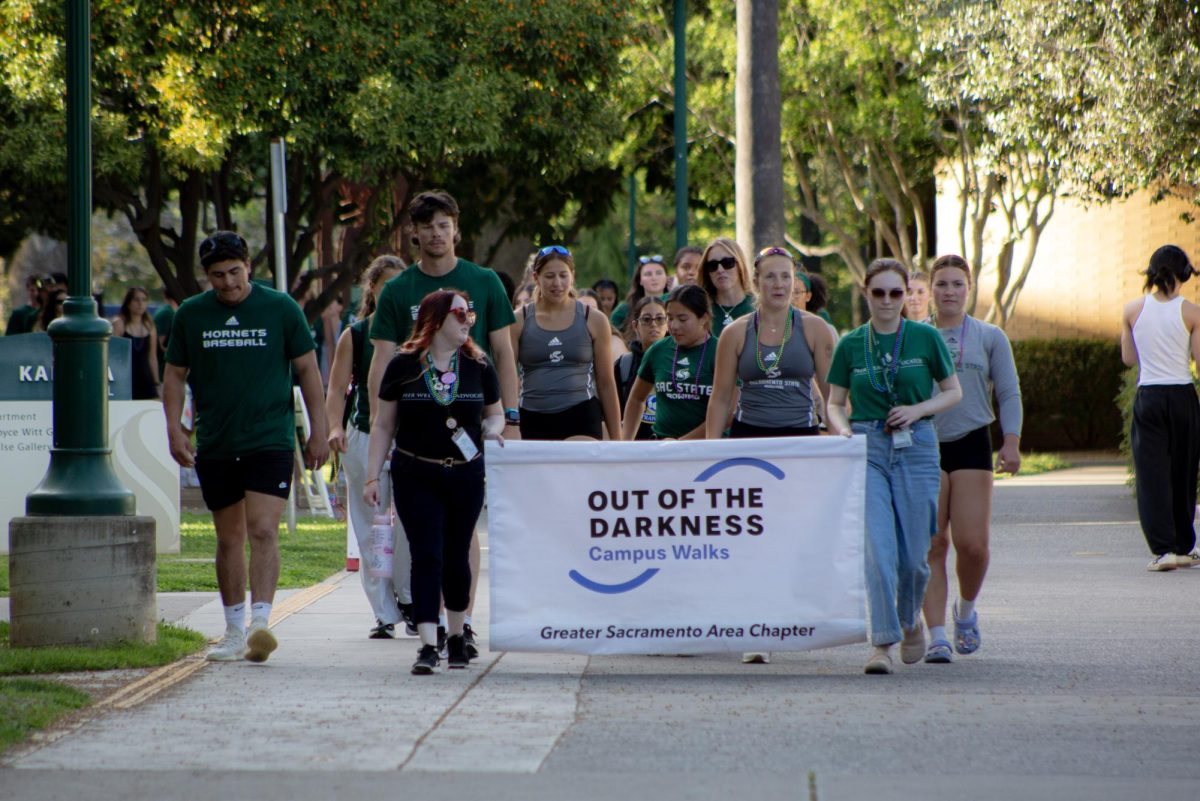Sacramento State freshmen will soon face a two-year on-campus housing requirement, and while other CSUs have seen success with the same approach, Sac State students say costs and logistics could outweigh the benefits.
Sacramento State President Luke Wood announced an upcoming live-in requirement for new freshmen starting in fall 2026 during his fall address on Aug. 21. Incoming fall 2026 first-time students will be required to live on campus for two academic years.
Sac State Public Information Officer Lanaya Lewis said students can request exemptions depending on how far they live from campus, and that the qualifying distance will be reduced in fall 2027.
“Students whose permanent residence with immediate family or a legal guardian is within 50 miles of campus (reduced to 30 miles beginning Fall 2027) will be eligible to request an exemption, along with other qualifying circumstances,” Lewis said in an email.
During the address, Wood said the policy aims to support student success, academic achievement and campus engagement.
“We want to make sure we’re thinking about our continued growth and graduation rates and student success,” Wood said during his address. “The campuses that have taken it further from where we’re at right now, this is what they’ve done.”
The requirement was brought up during a Sept. 10 ASI town hall where students spoke against the upcoming policy, citing financial and logistical concerns.
Daniel Smith, a sophomore political science major involved in Sac State’s Lobby Corps, City Ambassadors and Student Academic Senate, said he wouldn’t recommend campus housing after living in the dorms last year.
“The biggest expense for me last year was living on campus, not tuition,” Smith said. “It was a good experience, but financially, not worth it.”
Smith said his housing in Sierra Hall was approximately $17,000 for the school year, and he now chooses to commute from Elk Grove. He said that Sac State lacks the housing capacity to support this policy, and that even the newer housing projects, like Mt. Whitney Hall, won’t be enough to satisfy the demand.
He pointed to last year’s freshmen class, which totaled over 8,000 students – 5,569 students in fall 2024 and 4,916 in spring 2025. North Village housing can only accommodate 2,100 students. Hornet Commons can fit 1,100, and Mt. Whitney Hall, set to open in fall 2026, will house an additional 335 students.
“There are not 8,000 beds in North Village,” Smith said. “It’s not fair to require students to live on campus if you can’t guarantee housing for each and every one of them.”
Hornet Place, a new housing project near campus, began construction on Sept. 19 and is expected to open by fall 2027. Hornet Place is designed for continuing students and will house 352 students, according to the announcement.
Sac State is also developing housing options downtown, including the use of three state office buildings, though no official opening date has been set. Once finished, the property is expected to house at least 1,000 students, according to Sac State.
RELATED: Sac State students remain on housing waitlists longer than anticipated
Freshman sociology major Karolyn Black shared a more positive view of her own housing experience, though she also expressed concerns about affordability.
Black described the experience of moving to campus housing as eye-opening. She said it taught her to be more independent and to embrace change, even when it felt intimidating. Black also said financial aid helped her to avoid paying out-of-pocket, which made the opportunity more accessible for her.
“My FAFSA covers everything, so I don’t pay anything,” Black said. “I think it was about $7,000 a semester for housing and $12,000 with school tuition included.”
Sac State estimates that on-campus housing for the 2025–26 school year will cost about $19,000. Black said she was unaware of the university’s new freshman housing policy but expressed mixed feelings after learning about it. She questioned the affordability for students while acknowledging the potential benefits of living on campus.
“I think that for commuter students it’s not fair and for people who may not be able to afford it,” Black said. “However, I do think living on campus for the first year has been beneficial. It gives [students] the chance to get to know new people and you’re closer and know about more resources on campus.”
Smith agrees with the accessibility concern, noting the existing difficulty of securing on-campus housing. He said it is a highly competitive process with long waitlists.
“Having that requirement and further diluting the pool with people who don’t need or want to live here makes it more competitive than it already is,” Smith said.
Sac State’s housing page said that housing placement is on a first-come, first-served basis and is not guaranteed. According to a June housing services update, 4,120 students requested campus housing for the fall 2025 semester, while only 3,290 beds were available. The update says 623 students were waitlisted – 529 for North Village housing and 94 for Hornet Commons.
According to a Sept. 24 housing services update, 134 students remain on the waitlist for North Village housing.
Fall 2025 saw 3,510 first-time freshmen enroll, according to Sac State enrollment data, which is already more than the 3,290 beds available in North Village.
Graduate student Gavin Iribarren, who worked as a resident advisor at Sac State from 2023-25, said his experience was mixed after witnessing major changes in housing operations.
Iribarren’s time as an RA spanned two academic years, split by an eight-month period where he was studying abroad. He first served a full year with freshmen and returned midyear to what he described as less community-focused housing policies.
He said his first year was very positive, enjoying close connections with residents and helping them through academic and personal challenges. Iribarren said that a lot had changed when he returned, although he was still able to build connections with students.
“I didn’t have quite as much of a pleasurable experience due to arbitrary changes from management,” Iribarren said. “Much less clear communication on requirements of what to do or what expectations there were.”
RELATED: General education changes throw Sac State for a whirl
Iribarren also said he thinks Sac State might be shifting its focus from community-building to image-building in order to improve its reputation and increase enrollment.
“Sac State is trying to rehabilitate its image from a no-name, commuter school into some big force,” Iribarren said. “I think that this force of freshman living on campus is a little tone deaf from what Sacramentans want and why people go to Sac State in the first place.”
Iribarren said that while Sac State attracts local students for being affordable and nearby, shifting focus to out-of-town students could be risky given the high cost of housing that financial aid often doesn’t fully cover.
“I was a low income student who got the Pell Grant and the Cal Grant, and without the RA job, I would not have been able to afford my housing,” Iribarren said.
While the housing requirement might improve graduation rates, Iribarren said it may come at a financial cost. He said that he was barely able to afford housing as a low-income student who receives financial aid and was employed as an RA.
“I don’t know quite what school [Wood] is basing our path off of, but we’re just not this reputation university yet,” Iribarren said. “But you can’t get there in two years, and especially not by putting a lot of unnecessary financial hardship on these students.”
Iribarren said he understands that low campus involvement contributes to a lack of community and pride. He said students may choose nearby colleges instead to avoid the requirement, reducing freshman enrollment. He said he supports expanding housing, but only if it’s affordable and gradual.
“I think if they want to enforce this, they need to realize that Sacramento State students are typically not financially well off,” Iribarren said. “I think it might very well help Sacramento in the long run, but I think they should do it so that it doesn’t scare away too many students.”
Iribarren said accessible education should remain the priority and hopes Sac State doesn’t lose sight of that while building its reputation.


